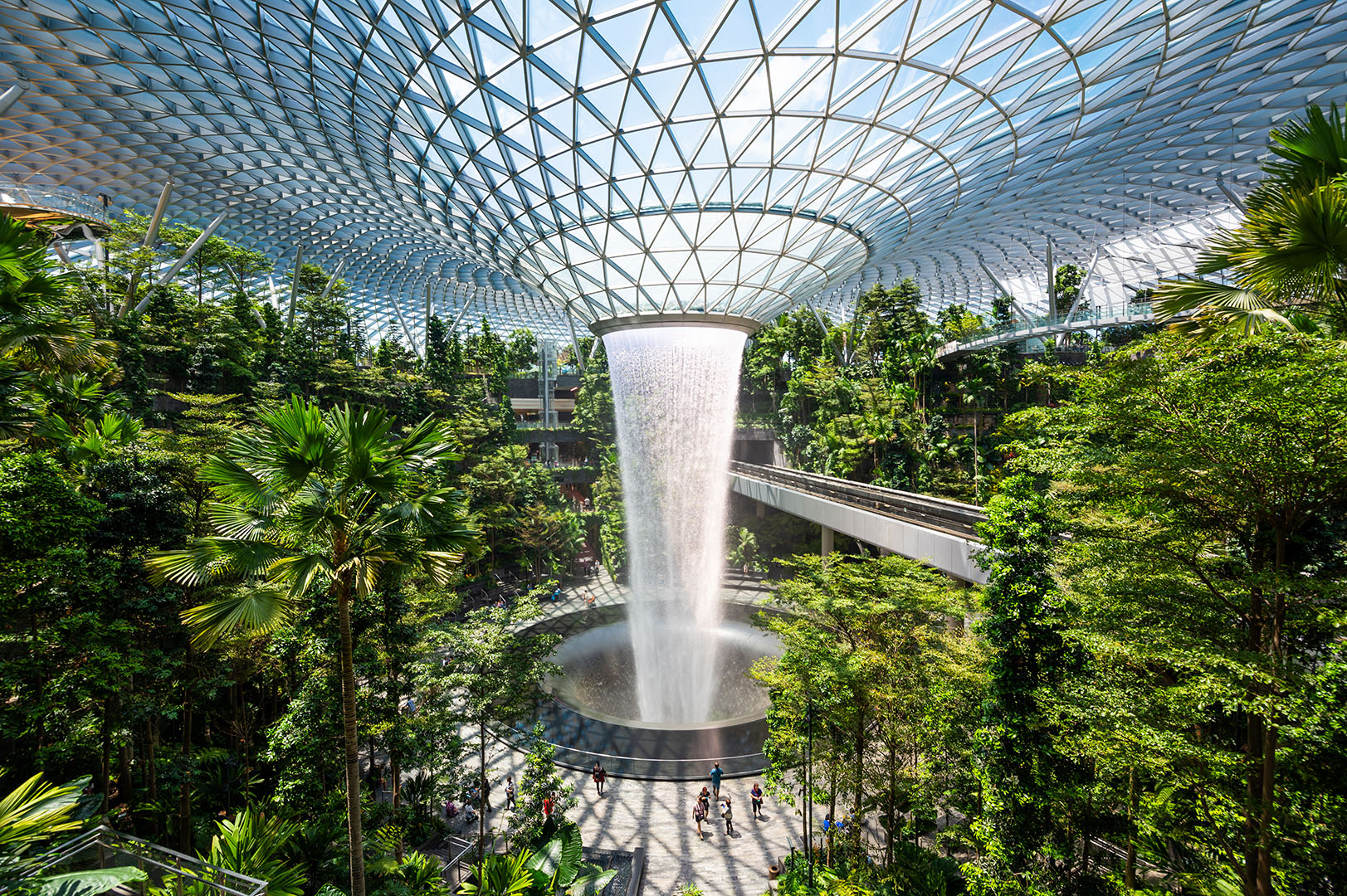Your heart rate increases by 25% the moment you enter an airport terminal. It's such a universal experience that designers and psychologists have started calling it “terminal stress syndrome.” But a revolution in airport design is changing this reality, using behavioral science to transform these historically stressful spaces into something radically different.
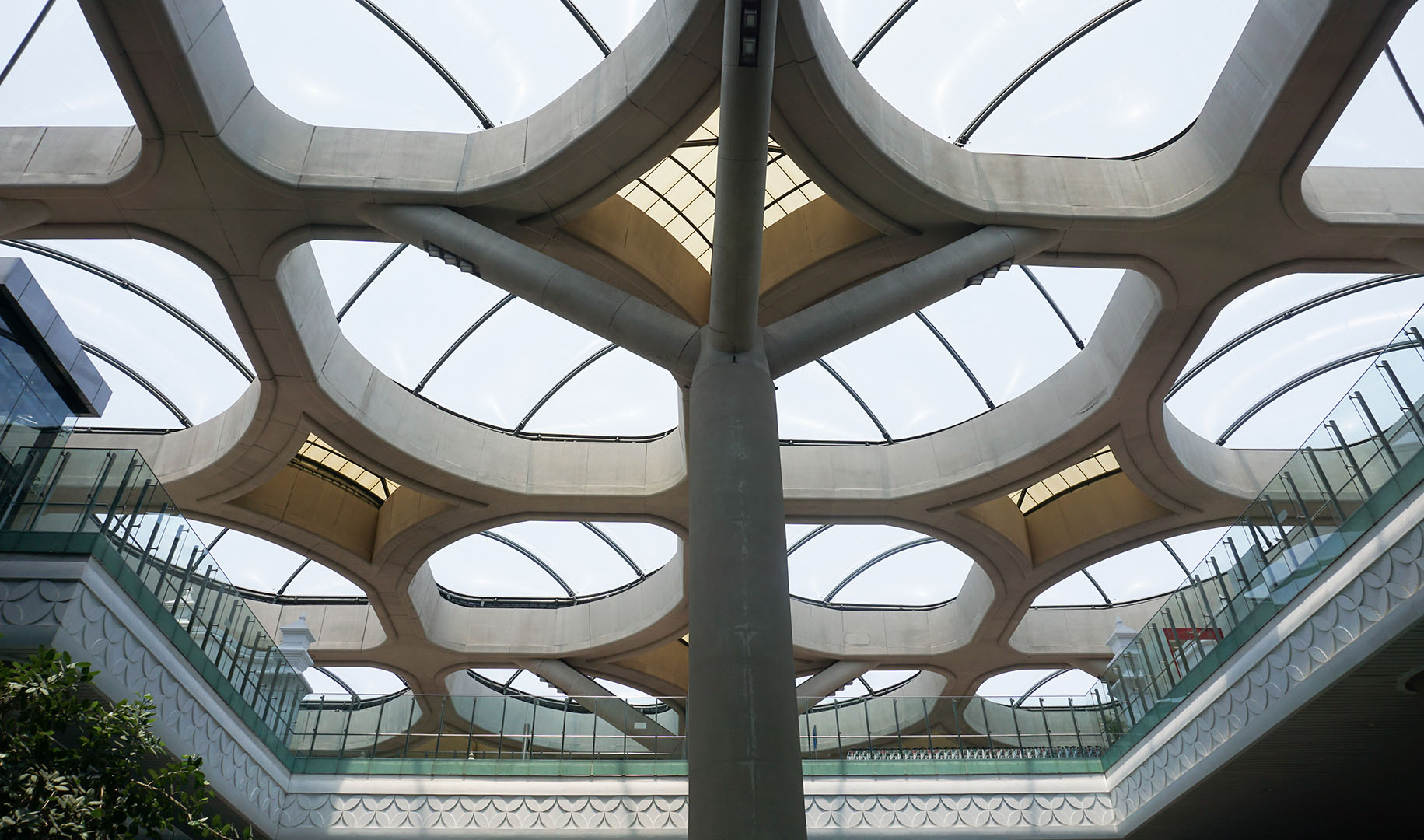
The Science of Airport Stress
Airports trigger a perfect storm of psychological stressors: time pressure, uncertainty, loss of control, and sensory overload. Research shows that the traditional airport layout – with its harsh lighting, confusing signage, and long corridors – activates our brain's threat response system. The result? Elevated cortisol levels and increased anxiety even before we reach security.
Studies from the International Air Transport Association (IATA) reveal that 64% of travelers report high stress levels at traditional airports. The biggest triggers? Wayfinding confusion (37%), security screening uncertainty (42%), and gate location anxiety (28%). These stress points create what psychologists call “decision fatigue,” where each choice – from which security line to join to which path to take – depletes our mental resources.
The impact is measurable: blood pressure readings taken at conventional airports show an average increase of 15-20% compared to everyday settings. Even more telling, stress hormones like cortisol can remain elevated for hours after entering an airport environment, affecting everything from decision-making to immune system function.
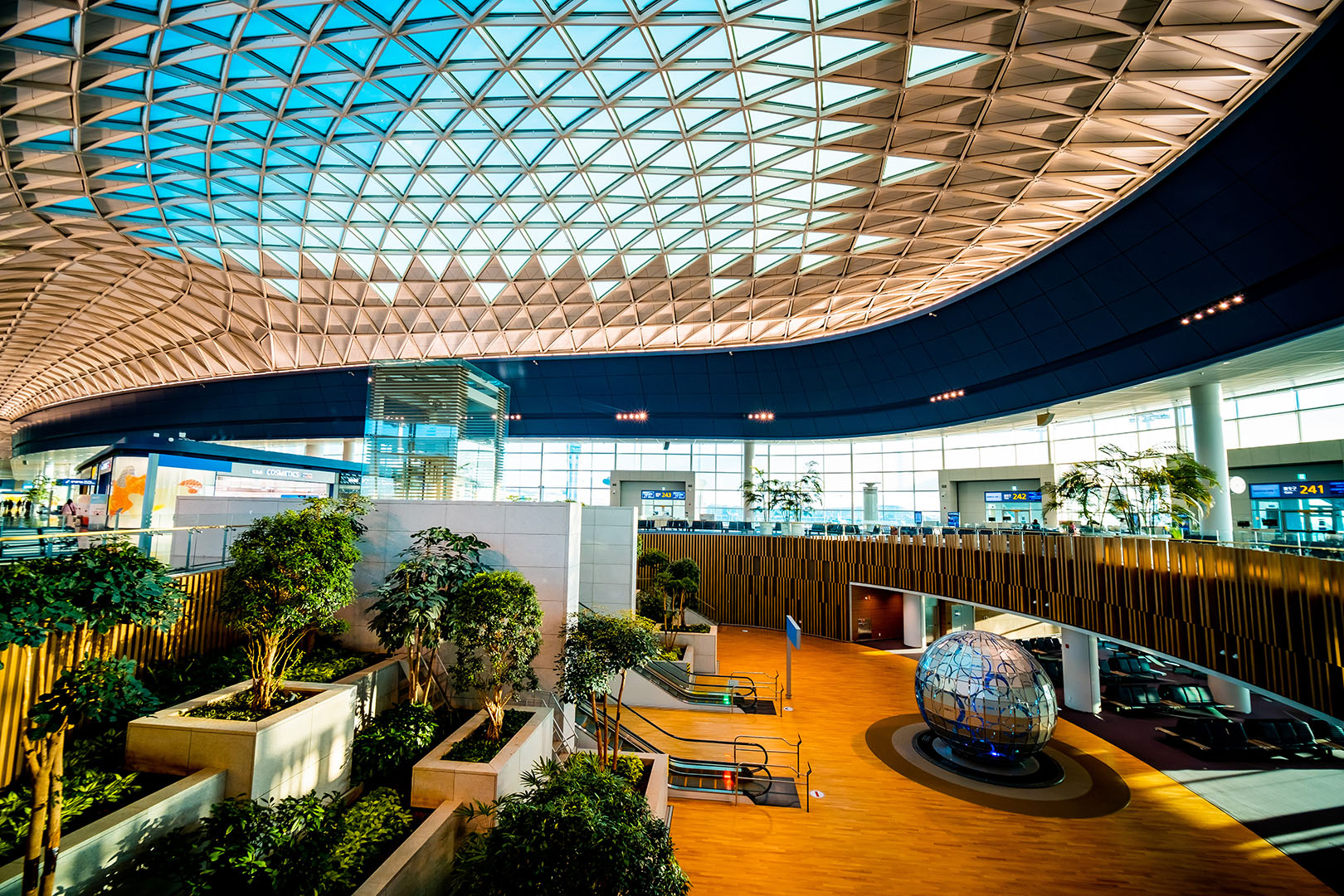
Designing for Calm
Today's airport architects are applying environmental psychology to create spaces that naturally reduce stress. Singapore's Changi Airport pioneered this approach with its revolutionary indoor waterfall and forest, but the real innovations are more subtle and spreading globally:
- Helsinki Airport's “Aukio” central plaza uses dynamic light installations and soundscapes recorded from Finnish forests to create a multisensory calming experience. Stress monitoring studies show a 40% reduction in passenger anxiety levels in this space.
- Denver International Airport's recent renovation incorporated “daylight harvesting” – a system of automated skylights and reflective surfaces that maintain optimal natural light levels throughout the day. This approach has been shown to reduce traveler cortisol levels by up to 25%.
- Tokyo's Narita Airport Terminal 3 uses a unique running track-inspired wayfinding system with color-coded paths that intuitively guide passengers, reducing navigation stress without relying on traditional signage.
Modern terminals increasingly use higher ceilings to reduce perceived crowding – a design principle validated by studies showing that ceiling height affects cognitive processing. Amsterdam's Schiphol Airport's newest terminal features gradually rising ceiling heights that subconsciously guide passengers while creating a sense of openness.
Materials are chosen specifically for their psychological impact. San Francisco International Airport's Terminal 1 uses warm-toned wooden accents and natural stone, materials that studies show can lower heart rate and blood pressure. Even the flooring patterns are designed to subtly direct traffic flow while providing visual comfort.

The Flow Revolution
AI-powered systems now predict and manage crowd movement in ways that were impossible just years ago. London Heathrow's “Passenger Flow” system uses anonymous smartphone tracking to identify bottlenecks in real-time, automatically adjusting staff deployment and security lane operations. Dubai International takes this further with AI-driven “smart gates” that have cut passport control time from minutes to seconds for many travelers.
“Nudge theory” influences modern airport design in subtle but effective ways. Munich Airport's terminal layout uses curved pathways and strategically placed retail to naturally disperse crowds, while digital displays showing wait times have reduced perceived stress levels by giving travelers a sense of control over their journey.
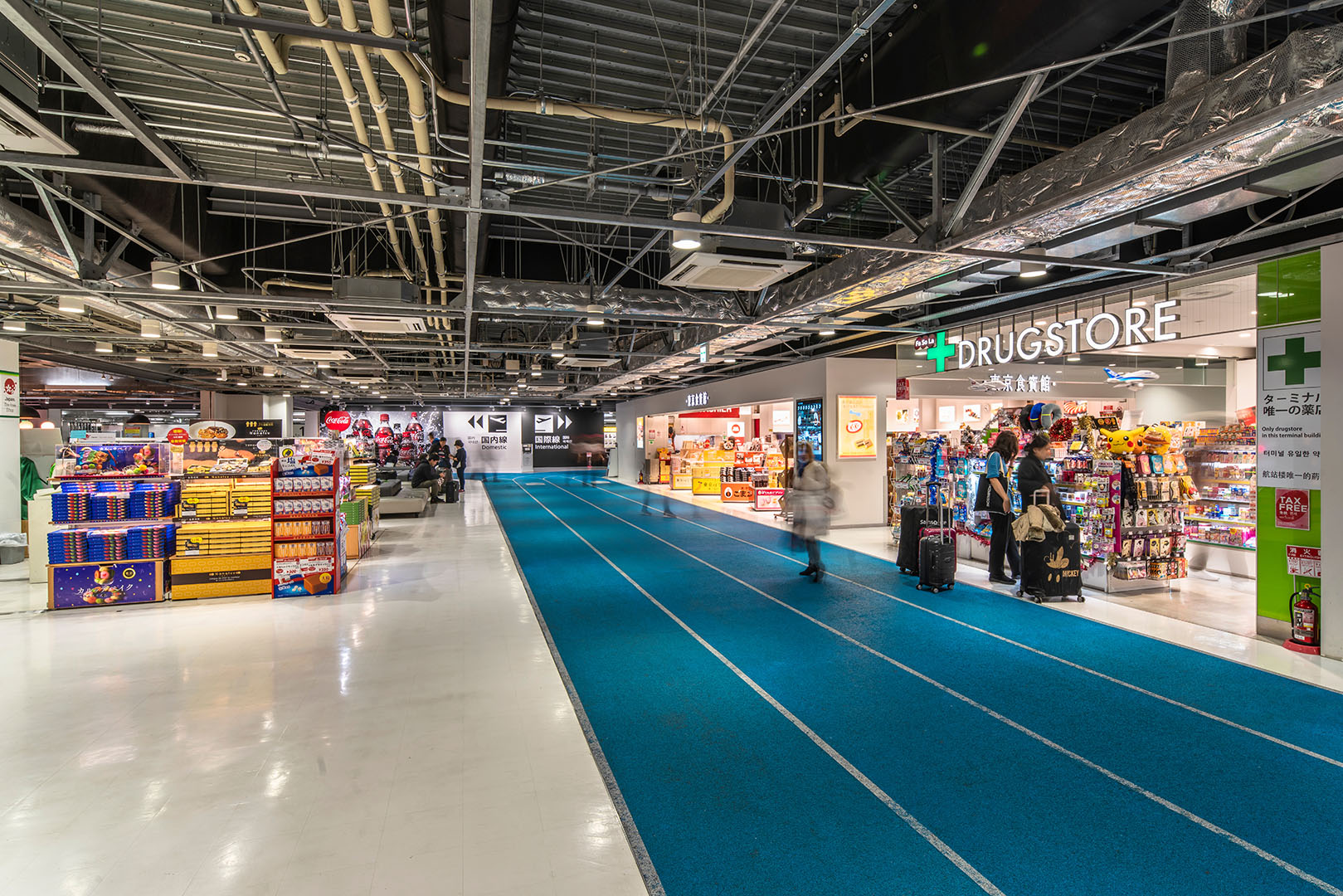
Sensory Science
Modern airports are becoming masters of the sensory experience. Vancouver International Airport's soundscaping system creates zones of calm using nature sounds, while maintaining crystal-clear announcements only where needed. Copenhagen's Terminal 3 features adaptive lighting that shifts throughout the day, supporting passengers' natural circadian rhythms.
Art installations are strategically placed to serve as both wayfinding landmarks and stress-reduction tools. Amsterdam Schiphol's “Airport Park” combines indoor green spaces with digital art that responds to passenger movement, creating moments of unexpected delight in the travel journey.
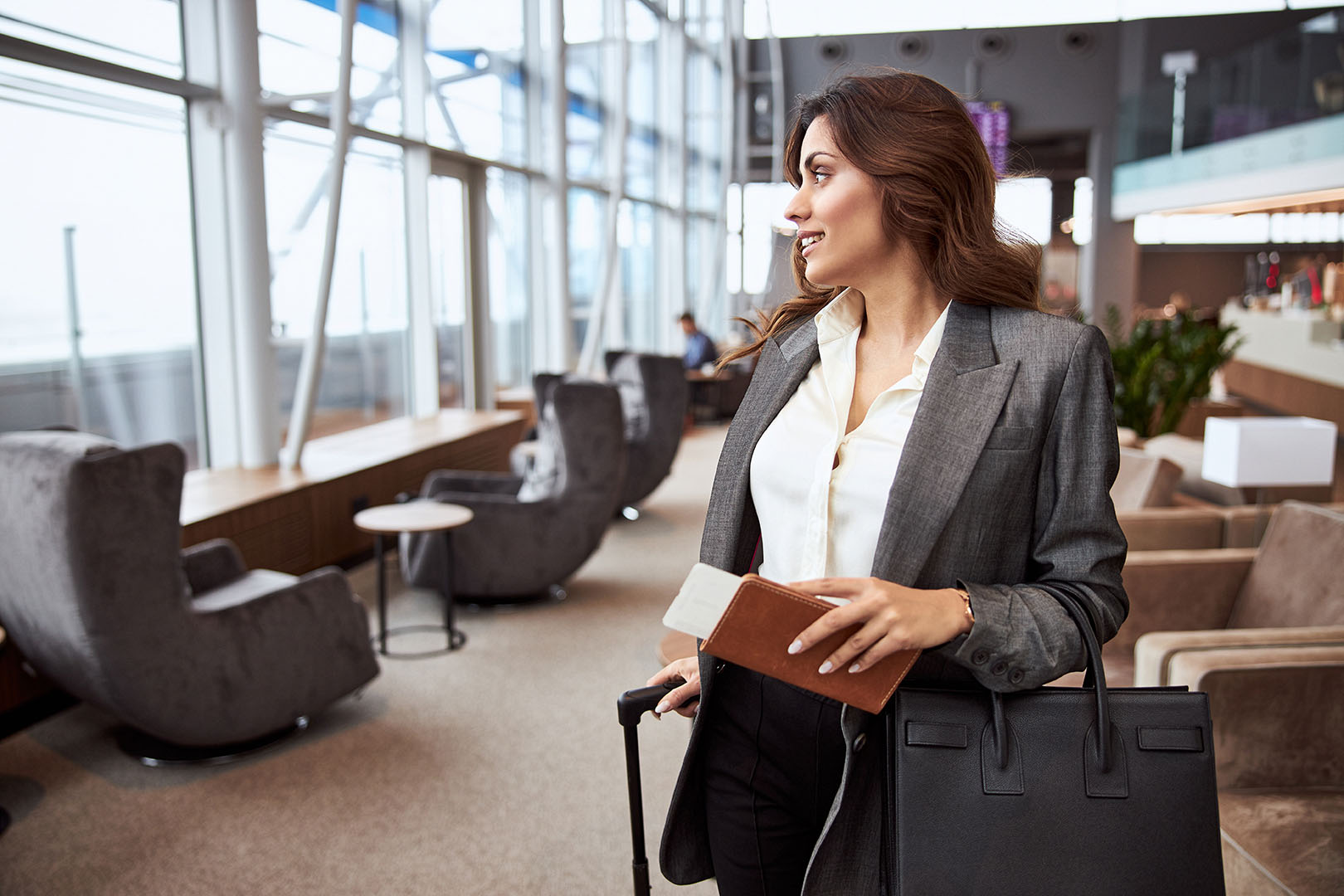
Why Airport Lounges Still Matter
Despite these improvements in terminal design, airport lounges remain crucial sanctuaries. While general terminal design can reduce overall stress, lounges provide something different – a sense of personal territory in an otherwise transient space. Psychologists call this “environmental mastery,” and it's a fundamental human need that even the best-designed public spaces can't fully satisfy.
Cathay Pacific's new lounge concept at Hong Kong International demonstrates this evolution, offering private “recharge rooms” with customizable lighting and sound environments. Qatar Airways' Al Safwa First Lounge in Doha takes it further, creating museum-quality spaces that transform the wait time into a cultural experience.
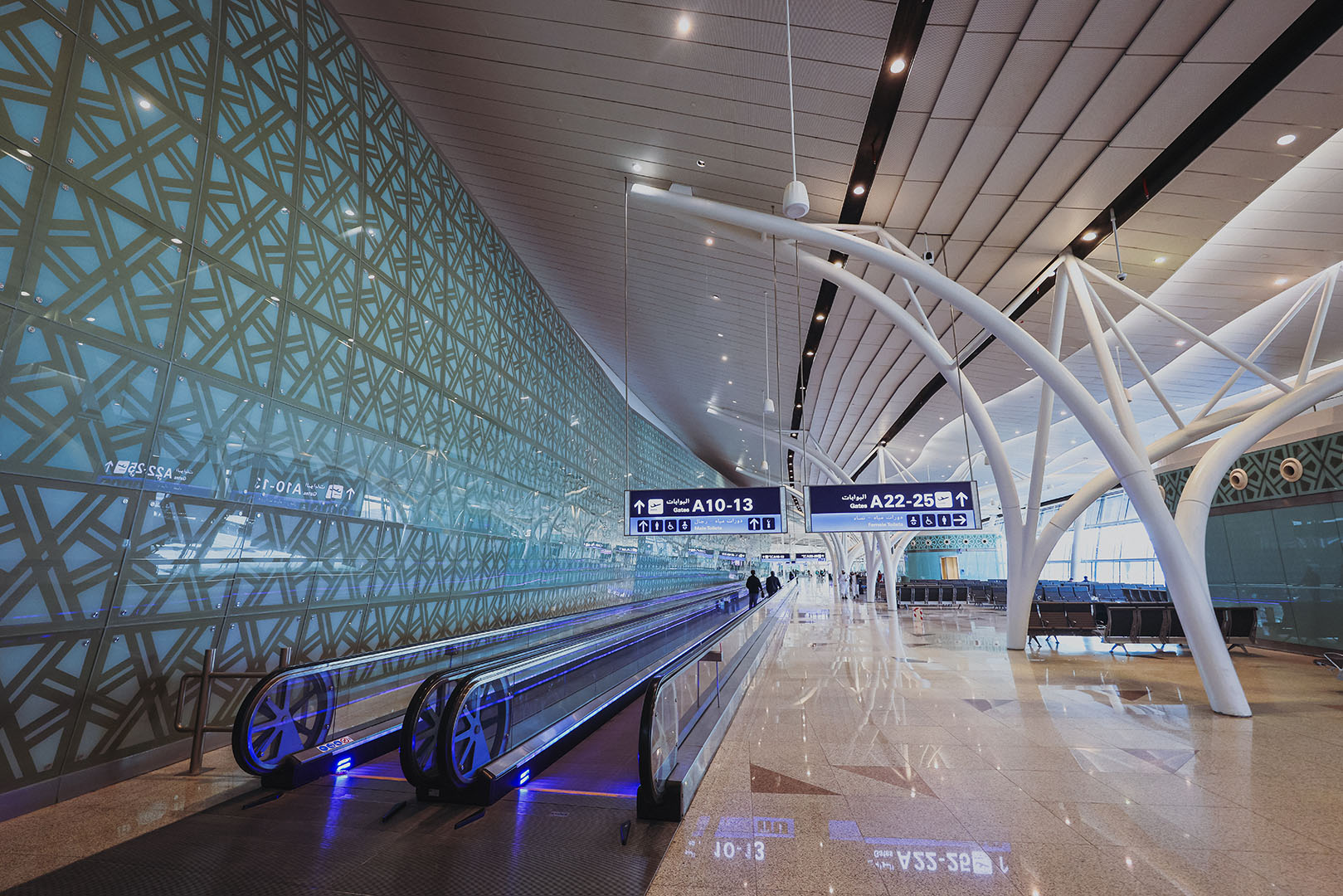
Looking Ahead: 2025 and Beyond
The next wave of airport design is bringing more sophisticated solutions. Facial recognition is evolving to detect signs of passenger stress, allowing for real-time environmental adjustments. Seoul's Incheon Airport is testing “emotional recognition” systems that identify stress hotspots, while Frankfurt Airport's new terminal will feature climate zones that automatically adjust based on crowd density and stress indicators.
But perhaps most importantly, airports are finally being designed around a simple truth: they're not just transit points but human spaces where millions of personal stories intersect. By understanding the psychology of how we experience these spaces, designers are transforming airports from sources of stress into enablers of something better – the excitement of travel itself.

